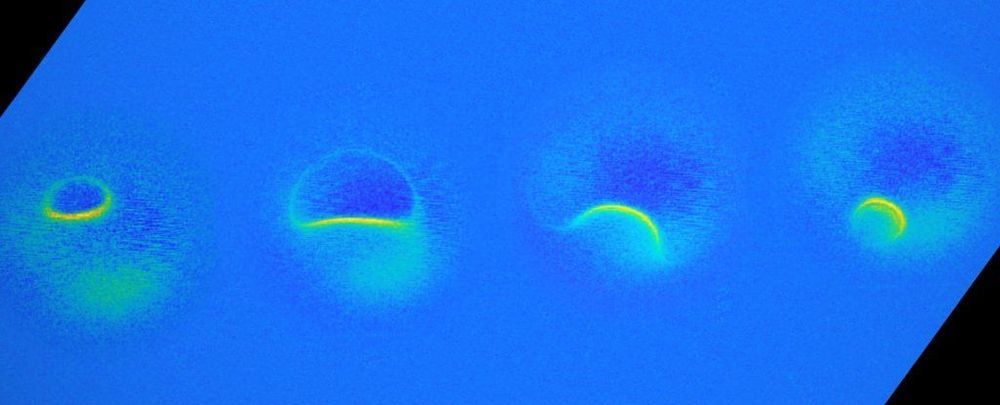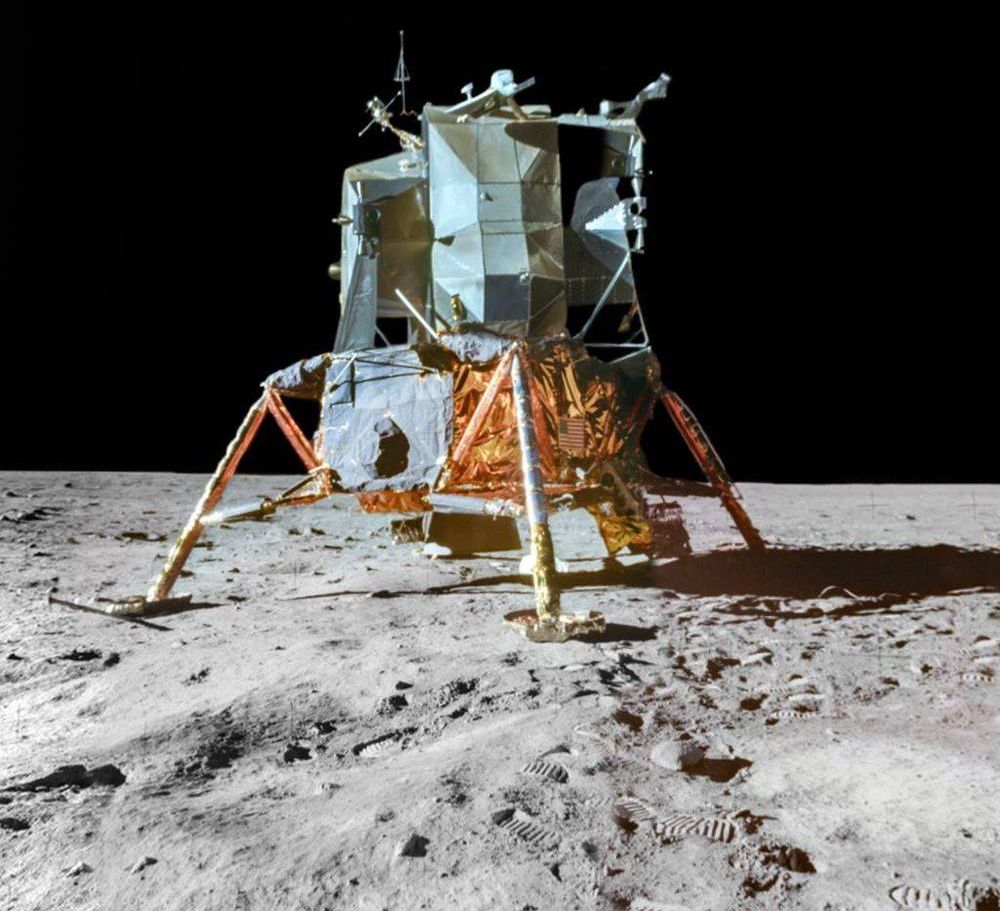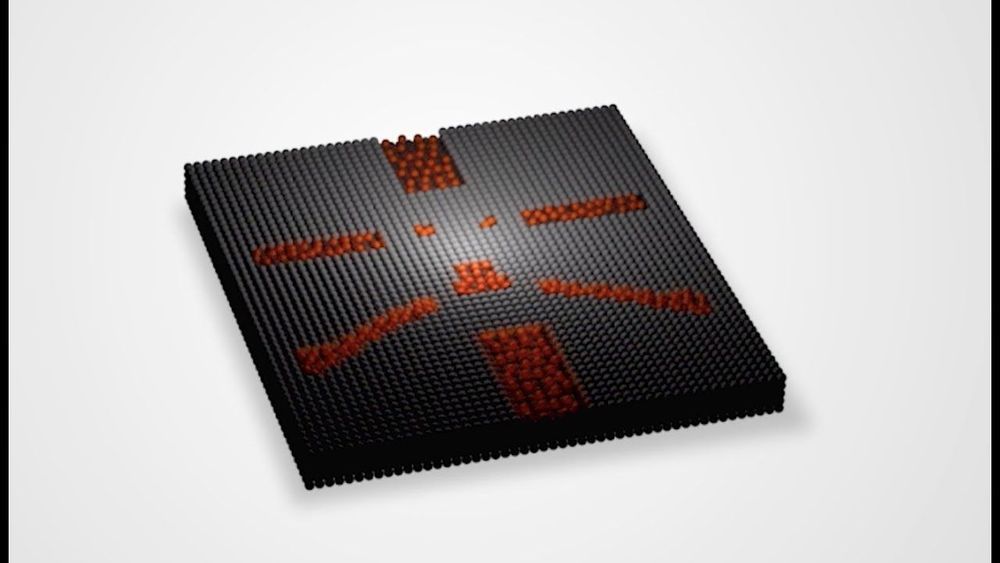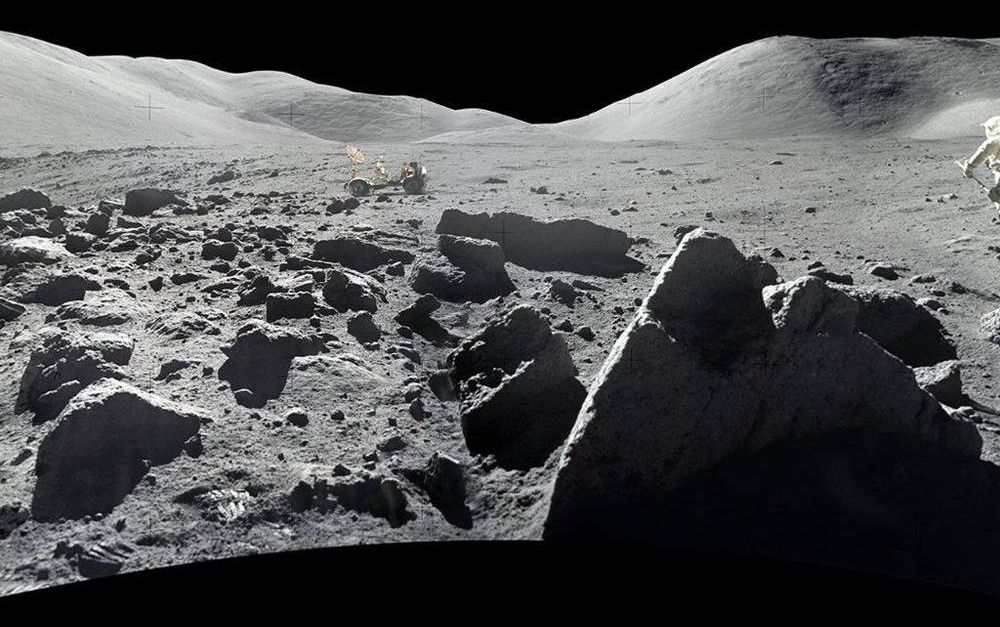
Scientists believe even moderate amounts of exercise can slow cognitive decline in people at risk of developing Alzheimer’s disease.
A study published in the journal JAMA Neurology found a total of around 8,900 steps per day appeared to slow rates of cognitive decline and brain volume loss in people who were at high risk. The individuals were considered at risk because of the levels of amyloid beta—a protein thought to play a role in Alzheimer’s— in their brain.
Dr. Jasmeer Chhatwal, Assistant Professor at Harvard Medical School and co-author of the research, told Newsweek: “These results suggest that very achievable levels of physical activity may be protective in those at high risk of cognitive decline and that this effect can be augmented further by lowering vascular risk.” Vascular risk factors include high blood pressure, obesity, smoking, diabetes, he explained.


















